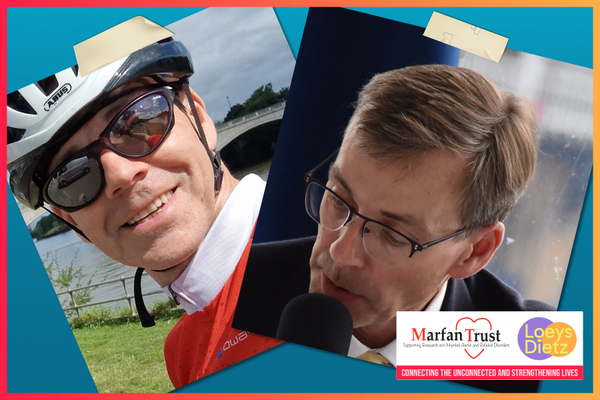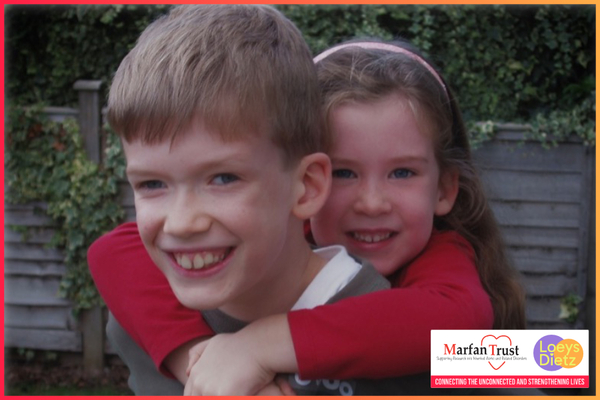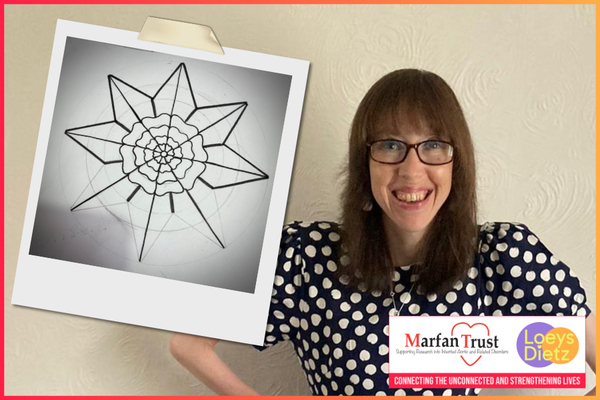One genetic diagnosis often leads to another within families and so it was for Daniel, whose mother's aortic dissection revealed what was thought to be Marfan syndrome. Yet this was before Loeys-Dietz was known, and today Daniel's condition carries another name.
My own family was unaware of Marfan Syndrome until 1990 when my mother suffered a sudden aortic dissection (a partial split in the main artery carrying blood from the heart) in 1990. In the surgery that followed she received an artificial, mechanical heart valve and part of her aorta was replaced by a Dacron tube.
After my mother's surgery I, too, was diagnosed and have been actively monitored ever since. In 1999 my mother died from an aortic rupture caused by her condition.
Since my original diagnosis, genetic testing has shown that I don't have Marfan Syndrome, but one of the related disorders called Loeys-Dietz Syndrome
In our family the key consequence of Loeys-Dietz is its effect on the heart and arterial system. In particular, the aorta can expand and stretch until it thins and potentially splits.
The year after my mother died I had preventative open heart surgery to replace my aorta with one made from dacron and, in what was then a fairly rare procedure, to re-suspend my own heart valve in the new plastic artery. Since then I have been regularly monitored both by the Royal Brompton Hospital (where I had my surgery) and the Marfan Trust.
I have been lucky enough to be diagnosed in good time that I can be effectively monitored and treated. However, there is much more to be done to better understand the condition and potential treatments. Marfan Trust is the only charity in the UK funding its own laboratory undertaking medical and analytical research into Marfan Syndrome and other related connective tissue disorders such as Loeys-Dietz.
It is for this reason a group of friends and I will be cycling from London to Brighton and here is the link to our page:









